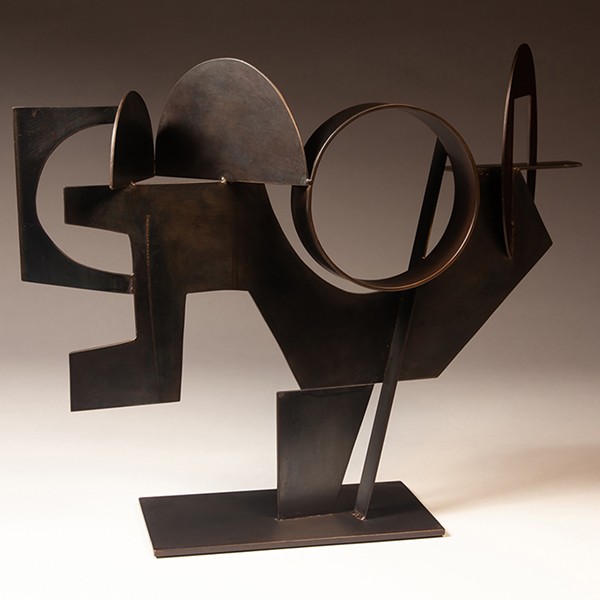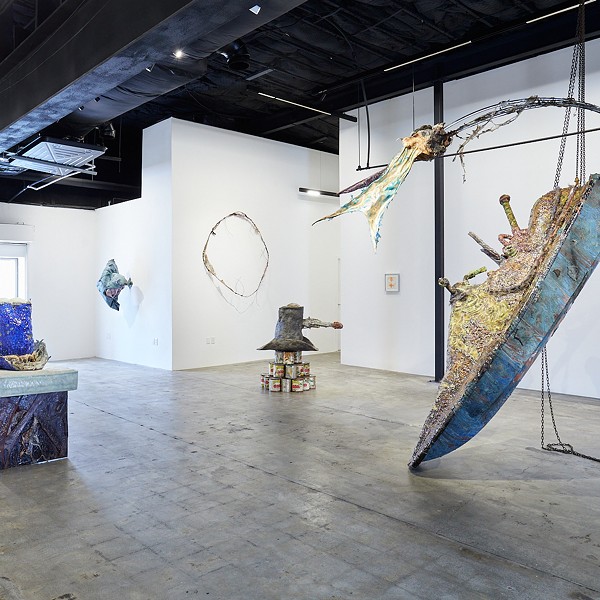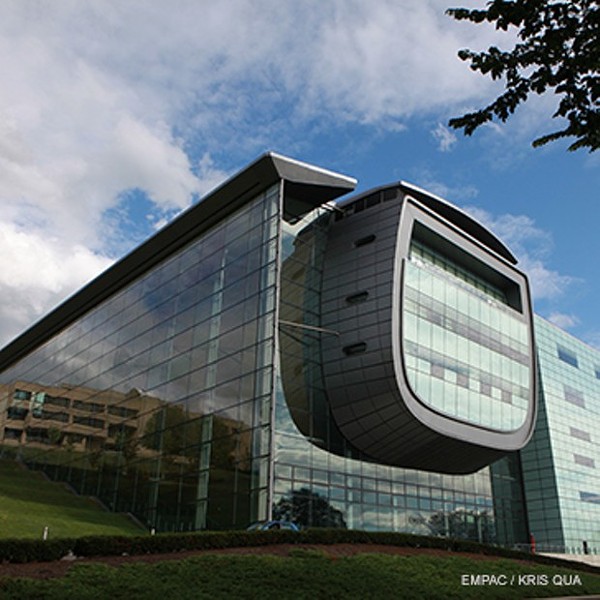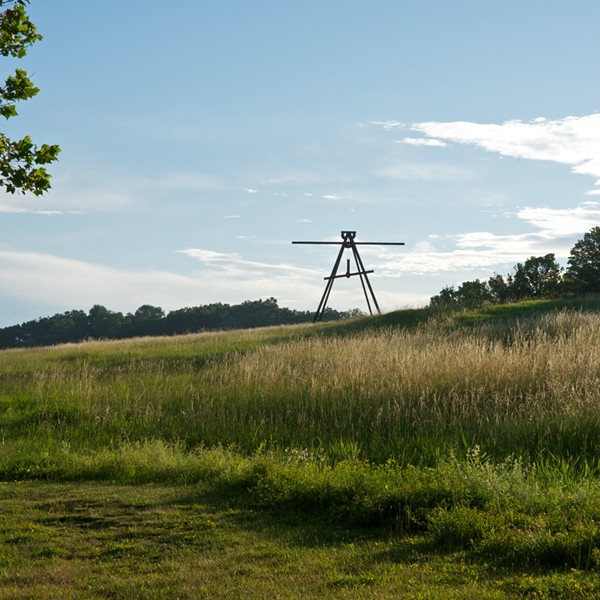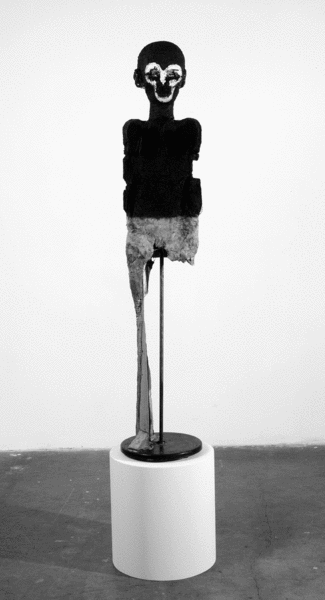
Huma Bhabha was born in Karachi, Pakistan, and came to the United States in the mid-1980s to attend art school. A graduate of Columbia University’s MFA program, she has spent the last 15 years developing a unique sculptural vocabulary, cobbling together humble materials such as Styrofoam, found wood, and clay to create structures that oscillate between references to the body and to architecture. An avid student of art history from the ancient world to today, Bhaba evokes through her works elements ranging from archetypal Mesopotamian monuments to the existential figures of Giacommetti.
Scale and process
I’ve been working on sculpture for the past 15 years, most of them in New York. It’s always been figurative sculpture, sort of abstracted, mutated forms. About four or five years ago I started using clay, and that opened up a lot of doors for me. It starts out by building the sculpture, making sure that it is strong enough and it can stand, won’t fall apart. There are a lot of formal concerns within the building. I’m also interested in finding new ways of adding to the language of sculpture, like using new materials, and figuring out ways to attach the materials. I like the idea of stacking, then tying things, using the armature on top, and leaving things exposed so you see through into it. That brings up issues of scale.
The work has always been what I can make. I don’t really work with huge figures, not yet. The work stays close to the size of the human body. It goes a little bit bigger or smaller, but it’s pretty much what we are. Sometimes you can experience the presence of a tiny, little thing that is so small, but it makes you feel it’s much bigger. That’s obviously of interest to me.
Sense(s) of place(s)
I’ve been doing some drawings that deal with landscape. I find the idea of the landscape within the sculpture very interesting. I grew up in Karachi, a desert city on the Arabian Sea. It’s a place that seems like it’s under construction all the time, and it’s spread out on these flat, dry plains. People build big, expensive houses, in these sprawling neighborhoods. But then they leave piles of construction garbage outside, or they run out of money so there’s just a shell of a building that’s left. My experience of New York was a huge influence on the work, on how I look at landscape. In New York, the way they build is so temporary—constantly redoing, never preserving things, building using crappy materials that won’t last, with a complete disregard for anything durable. It’s a certain aesthetic, and between the two [places] it’s certainly informed my work.
Up here in the Hudson Valley it’s very beautiful. I find that the more beautiful it gets, the further you have to stay away from it [in the work], or else you have to go down that path of the Hudson River School painters, Cole and the rest, which really isn’t something I’m interested in doing.
Cinema and psychology
I like film because directors have to figure out ways of making their fantasy approachable, making them speak to another person. I feel there’s a very definite cinematic aspect of my work, in the same way. It’s about opening up an emotional landscape for the viewer.
You do live in a world, and there’s a lot going on, maybe too much going on that you can’t ignore. Obviously there are other interests that you have. In the process of making the work, the psychological stuff going on in your head, or the fact that you’re interested in what is happening in the world seeps into the work. That happens more unconsciously than consciously. I think that’s why there is a pattern that emerges. It’s important to address certain issues, but not in a very obvious way that becomes boring, or that makes you turn people away. If the viewer can come up with the associations—it makes me think of this, or of that—that’s great.
This mortal coil
The idea of death has been out there for a while, so I don’t see it as that unusual. It’s interesting to deal with that, and the idea of this is what’s left. These are very homemade monuments, they’re not grand. That’s also something I like—the materials are humble. It’s not marble. I do like bronze, and I’ve done a few bronze pieces, but that again is something beyond the materials I usually work with.
I am hopeful for the future. As an artist, you think that hopefully you can change things. The work remains as something to look at, you make things that can help the viewer transcend, take them to another place. But I’m not delusional—there’s so much evil in the world. There’s this idea that you can profit from death. In just the past few years, there’s been so much death, you can’t get away from it.
Sure, I’m making these things, I’m not unaware of how they look. But that isn’t my original intention, to make everybody fall down and cry [because of the “post-apocalyptic” appearance of the work]. But I like the work, for my own reasons—then you just see what the reaction is.










